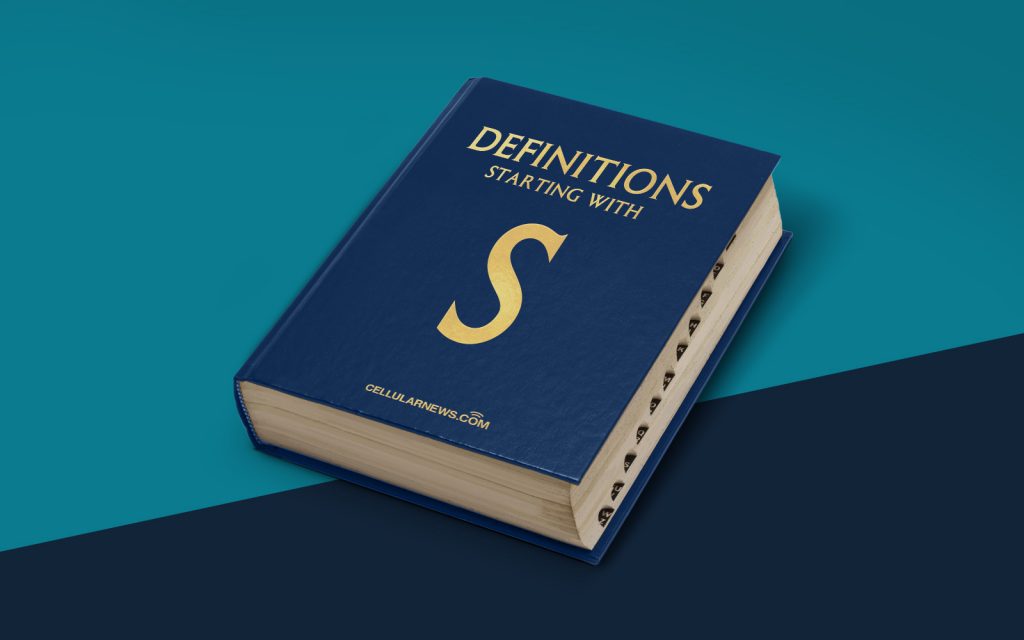
What is Standard Generalized Markup Language (SGML)? A Comprehensive Definition
Welcome to the DEFINITIONS section of our blog, where we dive deep into various concepts to provide you with clear and concise definitions. Today, we’ll be unraveling the intricacies of Standard Generalized Markup Language, commonly known as SGML. Ever wondered what SGML is and how it works? Well, wonder no more, as we break it down for you!
Key Takeaways:
- SGML is a markup language that defines the structure and presentation of documents.
- It uses tags to define elements and their relationships, enabling the creation of complex and structured documents.
So, let’s get started with our exploration of Standard Generalized Markup Language! At its core, SGML is a metalanguage that provides a framework for defining the structure, content, and appearance of various types of documents. It serves as a standard for creating markup languages, allowing different systems to exchange and process structured data seamlessly. Now, let’s delve into some key aspects of SGML:
1. Structure and Presentation:
SGML enables the separation of structure and presentation in documents. By defining the structure, such as headings, paragraphs, lists, tables, and more, it provides a clear framework for organizing information. With this separation, documents can be presented in various formats without altering the underlying structure, making it highly adaptable and versatile.
2. Tags and Elements:
In SGML, documents are created using tags that define elements and their relationships. Tags act as markers within the content to specify how different parts of the document should be treated. For example, a tag can be used to indicate that a certain portion of text should be treated as a heading, a paragraph, or a list item. The hierarchical use of tags allows for the creation of complex and structured documents.
Now that we have a solid understanding of SGML, let’s take a look at some real-world applications and benefits:
Real-World Applications:
- Technical documentation: SGML is widely used in industries that require complex technical documentation, such as aerospace, engineering, and manufacturing. It helps in creating consistent and standardized documents.
- Archiving and information management: Due to its ability to preserve document structure and content, SGML is suitable for long-term archiving and information management systems.
- Data interchange: SGML allows easy exchange of structured data between different systems, facilitating communication and collaboration.
In conclusion:
Standard Generalized Markup Language (SGML) is a powerful metalanguage that provides a framework for defining the structure, content, and appearance of documents. By separating structure and presentation, using tags to define elements and relationships, and enabling data interchange, SGML has found applications in technical documentation, archiving, and information management. Understanding SGML can be beneficial for individuals who deal with structured data and documents on a regular basis.
We hope this blog post has shed light on the definition and applications of SGML. Stay tuned for more informative articles in our DEFINITIONS section. Feel free to explore our other categories as well, as we cover a wide range of topics to enhance your knowledge in various domains!
